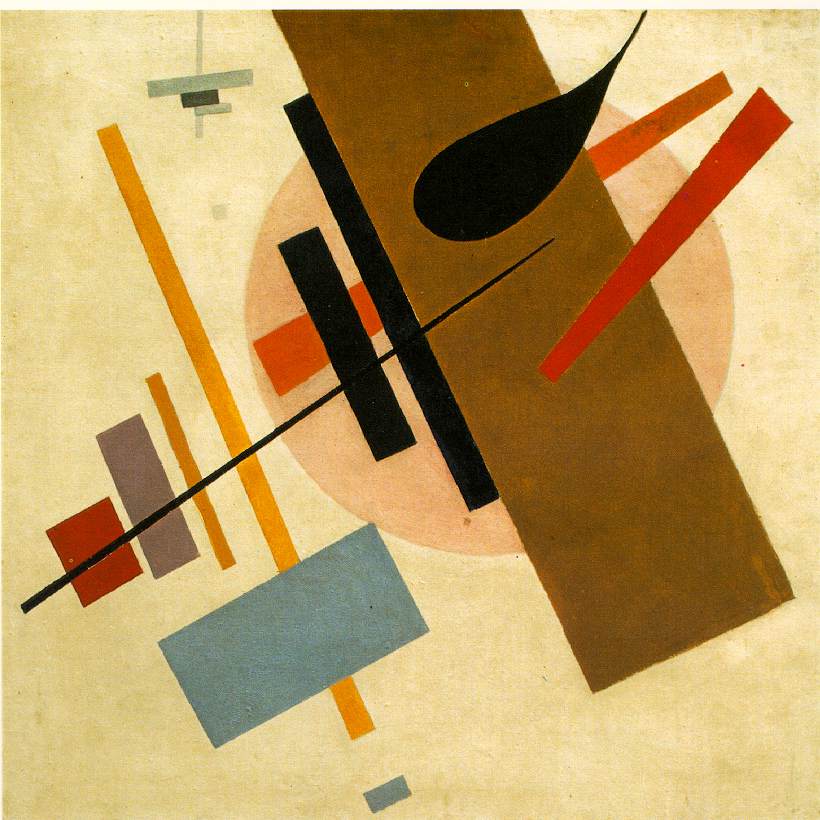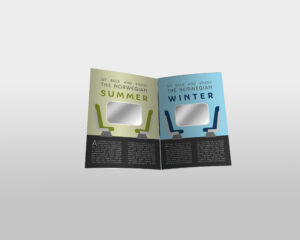1.1 Graphic design history
1. Describe the Suprematism, Constructivism and Swiss movements. There is no prescribed word count; you just need to show that you understand their similarities and differences.
2. For each of these movements: find examples from their eras and contemporary designs that are influenced by these styles.
3. Explain, in your own words, how these designs were inspired by the movements.
Suprematism

Suprematism is a Russian movement that started in 1915 by Kazimir Malevich. What characterizes this style are basic circles, squares and other geometrical shapes. The colours are held to a limited palette, and the style itself is very minimalistic.
Suprematism today:

These weather icons made by Siyeun Hwang are inspired by the Suprematism style. You can see how the use of simple geometrical shapes like circles and squares are influenced by the Suprematism style.
Constructivism

This is also a style with its origins in Russia that dates to the time after World War 1 (founded in 1915 by Vladimir Tatlin and Alexander Rodchenko). Constructivism is a very strict and abstract style that reflected on the modern industrial society and urban space. The style is characterized by its bold and graphic use of colours, letters and shapes. The colour red is used a lot among with black and white.
Constructivism today:

This poster is inspired by the Constructivism style. You can see it on the colours used: red, black and white. You can also see how the typography and graphic elements are inspired by old Soviet propaganda posters (especially the biggest font, and the white stars).
Swiss style / International Typographic Style

Swiss style is also known as The International Typographic Style because of its use of typography in the designs. The style has its origins in Russia, the Netherlands and Germany in the 1920s. Designers in Switzerland developed the style further in the 1950s. Like I mentioned, the style is characterized using typography. It is also known for its use of mathematical grid which makes the style very neat and structured.
Swiss style today:

This is a poster made in the Swiss style/International Typographic Style. The poster is made by using a grid system, and you can see how everything is neatly systematized. The half circles are made up by two different patterns and make up almost all of the poster. Other than the circles, the poster consists of typography in a sans-serif font and some simple lines.
1.2 Graphic design history timeline
Look at the history timeline at the beginning of the lesson. Gather information from 1900 – 2000 and design your own timeline of the movements during this period, using the Bauhaus Design Style as your theme. Each movement should be designed and described in a creative way.



